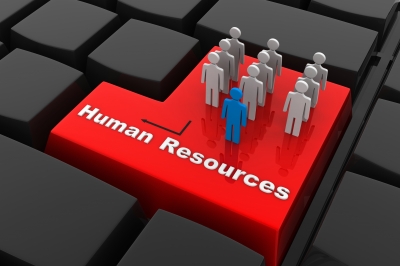
HR Technologies and Their Need for Change
A recent statistic I came across: over 50% of businesses are unhappy with their current HR technology. That’s a huge number, one that HR companies need to take into account and address. When businesses were asked the source of their dissatisfaction, 24.1% stated it was because the system was difficult to use, and when asked what was important for them in a new HR software platform, 27.9% stated ease of use as an important feature. It is then important to address this issue for a few reasons that we will look at here.
A big trend in HR programs adapting to change is looking at making sure it’s employee facing interactions flow smoothly and well, and this all requires that employees be both active and engaged with these programs. This means that employees across a varied spectrum of training and skills may be tasked with using some feature of an HR program, whether this be a business analyst or the receptionist. HR programs must, then, be accessible to many different users’ ability, simple enough that someone largely untrained in it can still get what they need from it, but powerful enough to still give the proper information that a specialist would require. This is the challenge that must be met by HR organizations.
Three major features must be in place for an HR software to become an engaging interface for employees: Accessibility, Usability, and Flexibility. More and more HR technology needs to not only be accessed on a desktop, but also on a mobile device. Making sure to keep afloat in this developing area of access is key to survival.
Usability is the ability for anyone to use the particular HR technology regardless of past experience with it, which can be addressed by making sure a user interface is streamlined and straight forward on the outside facing interface, while still maintaining its strength and depth on the inside.
Lastly, the software needs to be flexible to a diverse and growing business, which may have a variety of different needs, whether this be flexibility with addresses that might vary between countries or special characters for particular names.
Why should HR software providers care about any of this, as it is not the employee who is buying the product but the business?
While the business might be the organization with the money to purchase the HR technology in question, it is the employees who must actually use this technology effectively for the business to be satisfied. Employee user’s power and influence over purchase on HR technology is growing, and it’s quite possible that it will surpass businesses in sway over choices on the matter. In this way, it is important that HR platforms be both useful and usable to employees at all stages, one that is effective at doing what needs to be done regardless of the employee using it.
HR technologies and their uses have evolved. It’s no longer a simple equation of worrying simply about yourself and your software platform. As we have looked at, employees and their interactions with the software are just as important, if not more so, than the strength and appeal of it to the business world. Your HR software needs to not simply work for your employees, but with them, enabling them to do things they could not have done before having it. Just as smartphones changed the world of cellular devices, smart HR technologies are those that go the extra mile for their users.
